Prediction of Energy Digestibility in Complete Dry Foods for Dogs
检测样品 其他食品
检测项目 /
方案详情文
智能文字提取功能测试中
2042SSUPPLEMENT ENERGY DIGESTIBILITY PREDICTED BY FIBER2043S 0022-3166/06 $8.00 @ 2006 American Society for Nutrition. J.Nutr. 136: 2041S-2044S, 2006.2041S The WALTHAM International Nutritional Sciences Symposia Prediction of Energy Digestibility in Complete Dry Foods for Dogsand Cats by Total Dietary Fiber Ellen Kienzle,*3 Vincent Biourge,and Alexandra Schonmeier* *Institute of Physiology, Biochemistry,and Animal Nutrition, Ludwig-Maximilians-University Munich, D-85764OberschleiBheim Munchen, Germany and fRoyal Canin, Research Center, BP4, 30470 Aimargues, France EXPANDED ABSTRACT KEY WORDS:·symposium· energy digestibility· total dietary fiber· dry food·cats ·dogs Energy digestibility in dog and cat food can be predicted bybasis. Fiber is the independent variable and in vivo measuredenergy digestibility the dependent variable. This has beendemonstrated for crude fiber (CF) in both species and in dogsfor total fiber as analyzed by the Englyst and Cummings method(1,2). To date, however, few observations have been publishedmeasuring both total dietary fiber (TDF, according to themethod of Prosky et al. [3]) and energy digestibility in dogs andcats. From the existing data points, it is thus not possible to 1)calculate a regression equation as for crude fiber or total fiberthat is likely to predict digestibility more accurately in pet foodsand 2) compare the accuracy of prediction of energy dig-estibility by CF and TDF methods. MATERIALS AND METHODS In the present study 610 dog digestion trials and 261 cat digestiontrials were evaluated in retrospect. The diets fed during the digestiontrials included the range of fiber contents found in commercial pet foods,from reducing diets to highly digestible puppy foods or highly digestiblediets for animals with gastrointestinal diseases. The range of nutrientcontent is given in Table 1. A total of 18 healthy dogs, intact femalesincluding different breeds ranging in size from Fox Terriers to GreatDanes, and 30 healthy cats, intact female and neutered male domesticshorthairs between 2 and 10 y of age, were available for the study. Eachdigestion trial was carried out with a different food. The trials included anadaptation period and a collection period as recommended by theAssociation of American Feed Control Officials recommendations (4). ( P u blished in a supplement to The Journal of Nutrition. Presented a s p art of T he W ALTHAM Int e rnational N u tritional Sciences Symposium: Innovations inCompanion Animal Nu t rition held in W ashington, DC, S e ptember 15-18, 200 5 .This conference was supported by The WALTHAM Centre for P e t N utr i tion andorganized in collaboration w ith t he U niversity o f C alifornia, Davis, and C ornellUniversity . This publicati o n wa s supported by The WALTHAM Centre for Pet N utrition. Guest editors for this symposium were D'Ann Finle y , Franc i s A. Kallfelz,James G. Morris, and Quinton R. Rogers. G u est editor disclosure: expenses for t he editors to travel to the symposium and honoraria were paid by T he WALTHAM Centre for Pet N utrition. ) ( Author disclosure: No relationships to d isclose. To whom cor r espondence should be addr e ssed. E-ma i l: kien z le@tiph. vetmed.uni-muenchen.de. ) Each trial was carried out with 6 dogs and 10 cats, respectively. The meanvalue of digestibility of all dogs or cats in 1 trial was considered to be theresult of this trial. Dogs were offered a limited amount of food once dailyto maintain optimal body weight; cats were given 120 g/d, which wasusually not eaten completely. In both species the food that was not eatenwas weighed. The adaptation period was 5 days, and feces were collectedfor another 5 days. All trials were approved by the Veterinary Services ofthe French Ministry of Agriculture. Feces were dried for 7 d (dogs) or3d(cats) at 60℃ and then until stable weight was reached at 103℃. Aftergrinding,DM was again determined at 103℃. Protein was determined bythe method of Dumas in a Leco FP-248 Model Nitrogen Determinator(Leco). Heat of combustion in food and feces was determined byadiabatic bomb calorimetry(2 repetitions,IKAC2000,RhysInternational, Ltd.). TDF was analyzed by the method of Prosky et al.(3). In 495/610 dog trials, dietary CF content was also determined by theWeende method (5). Energy digestibility was calculated according to theequation: (energy in food-energy in feces)/energy in food×100. Linearregression equations were calculated using fiber content on a DM basis asan independent variable and measured energy digestibility as a de-pendent variable. In addition, the following parameters were alsocalculated using factors for gross energy and N-correction fromNRC (6):1) Experimentally measured digestible energy: DEexp (kcal/g)=[Heat ofcombustion in the food (kcal) -heat of combustion in the feces (kcal)]/amount of food (g). 2) Experimentally measured metabolizable energy(MEexp): dogs, MEexp (kcal/g)=DEexp (kcal/g) - 1.25 kcal/g digestiblecrude protein; cats, MEexp (kcal/g)= DEexp (kcal/g) -0.9 kcal/gdigestible crude protein [protein digestibility as measured in thedigestibility trial: digestible crude protein = protein content in 1 g offood ×protein digestibility (%)/100]. 3) Gross energy (GE) from crudenutrients: GE (kcal/g)=5.7 kcal × g protein + 9.4 kcal ×g fat + 4.1kcal× g (N-free extract and fiber); (nutrients in g/g food).4) Predicteddigestible energy (DEpred) from gross energy (GE; calculated from crudenutrients) and predicted energy digestibility: DEpred (kcal/g)=GE (kcal/g) × energy digestibility/100. 5) Predicted metabolizable energy(MEpred) from predicted digestible energy (DEpred) and crude proteincontent in the food (g protein/g food): dogs, MEpred (kcal/g)=DEpred(kcal/g)- 1.04 kcal/g protein; cats, MEpred (kcal/g)=DEpred (kcal/g)0.77 kcal/g protein. RESULTS TABLE 1 Composition of the food Dog food (n=613) Cat food (n=261) In DM Mean SD Minimum Maximum Mean SD Minimum Maximum Protein,% 30.0 5.7 13.8 44.3 34.6 3.3 23.4 48.9 Fat,% 17.4 4.9 4.6 32.4 18.1 5.3 7.2 31.0 Carbohydrate, % 36.7 9.2 10.2 65.8 31.7 5.0 10.3 45.8 TDF,% 9.3 4.4 2.4 38.6 9.4 4.3 2.6 29.0 CF,2% 3.3 2.6 23.4 Not analyzed Ash,% 6.7 1.2 14.9 6.3 0.8 4.2 10.5 Heat of combustion, kcal/g 5.21 0.29 4.30 6.09 5.35 0.26 4.52 6.09 Digestibility of energy,% 87.8 4.5 57.4 95.1 87.2 4.3 68.8 94.8 1 Carbohydrate=DM-protein-fat-ash-TDF. (Figs.1-3): dog food, energy digestibility=96.6-0.96× TDF(% DM), r= 0.94; cat food, energy digestibility=95.6-0.89×TDF (% DM),r=0.88. When CF instead of TDF was used in 495/610 dog foods asthe measure of the fiber content, the regression equationbecame: energy digestibility=92.9-1.6 × CF (% DM), r=0.87. Compareedd with TDF, CF content in the . wassystematically lower. The results of both methods showeda significant correlation (r=0.88, Fig. 4). Figures 5-7 summarize the relation between experimentallydetermined ME and predicted ME by both methods in dog food(TDFr=0.96, CFr=0.90) and in cat food (TDFr=0.96). Indog food ME predicted by CF and ME predicted by TDFcorrelated significantly with a regression line close to ideal: (MEpredicted by CF)=-0.33 +1.02 (ME predicted by TDF); r=0.96. DISCUSSION The results of this study indicate that in both dogs and cats,energy digestibility can be predicted quite accurately (r=0.94and 0.88 for dogs and cats, respectively) from the TDF contentof the diet. The canine equation based on TDF was moreaccurate than the one based on CF (r=0.94 and 0.87,respectively). The equation based on crude fiber obtained in 50 FIGURE 11Relation between TDF in DM and energy digestibility in610 complete dry dog foods: energy digestibility=96.6-0.96×TDF (%DM),r=0.94. the present investigation confirms our earlier work (2). Thereare several explanations for the relation between fiber andenergy digestibility that have been discussed extensivelyelsewhere (7). Briefly, fiber often has a low digestibility, fibermay impair the digestibility of other nutrients, and a high fibercontent is often associated with a high percentage of crudeplant material in the food, which often has a lower digestibilitythan materials of animal origin. CF and TDF are different methods to assess the fibercontent of diets, that is, the part of plant material that escapesdigestion by the digestive enzyme of mammals (Fig. 4). CF isa method proposed>100 y ago, easy and cheap to perform,required on the label of pet food, but that seriously under-estimates the fermentable fiber content of food (4,8). Most fer-mentable fibers have, however, a comparatively high apparentdigestibility (9-11). In other words, fermentable fiber is notlikely to impair energy digestibility to the same extent asnonfermentable fiber, but it is also not likely to be analyzed asCF. In contrast, some proteins may be analyzed as CF (12). Thedigestibility of such proteins is higher than that of CF, and theyare unlikely to depress the digestibility of other nutrients.Consequently, energy digestibility of the food would be under-estimated. To discriminate between CF and protein, it isrecommended to determine the crude protein content in thefilter residue that is supposed to be CF. FIGURE 2Relation between CF in DM and energy digestibility in 495complete dry dog foods. Solid line: energy digestibility=92.9-1.60×CF,r=0.87; dashed line: energy digestibility=91.2-1.43× CF (equation byKienzle et al. [2]). 100 FIGURE 3 Relation between TDF in DM and energy digestibility in261 complete dry cat foods: energy digestibility=95.6-0.89 × TDF(%DM),r=0.88**. FIGURE 4 Relation between CF and TDF analysis. The equation for prediction of energy digestibility by CFobtained in the present investigation hardly differed from theequation obtained in a previous study (2), which is also rec-ommended by NRC (6). Obviously, there is no need to makeadjustments to the predictive equation using CF (6). TDF is a more recent method based on an in vitrodigestibility assay (3). It is more difficult to set up, more laborintensive, and thus a more expensive assay, but it gives a betterestimate of the actual fiber content of the diet (9). Mostfermentable and nonfermentable fibers will be included in TDF.This probably explains why, in this study, dry dog food energy FIGURE 5FRelation between MEexp and MEpred by TDF in dog food:solid line, MEexp=MEpred (regression equation: MEpred=0.45 +0.89×MEexp, r=0.94). FIGURE 6 Relation between MEexp and MEpred by CF* in dog food:solid line, MEexp =MEpred * (equation by Kienzle et al. [2]); energydigestibility (%)=91.2-1.43 × CF (% DM) (regression equation:MEpred=0.64+0.84×MEexp;r=0.95). 6 FIGURE 7RRelation between MEexp and MEpred by TDF in cat food:solid line, MEexp=:1MEpred (regression equation: MEpred=0.50+0.88×MEexp;r=0.96). digestibility was more accurately predicted using TDF than CF,and there were fewer values outside the expected range.Whether this TDF equation can be generalized to moist food,which may contain more fermentable fiber, should be in-vestigated before a general recommendation to prefer TDF overCF for the prediction of energy digestibility can be made. Our results suggest that both methods are useful to predictME in dry food (Figs. 5-7). The correlation between exper-imentally determined ME and predicted ME by both methodsin dog food and by TDF in cat food is quite good (dog food,TDF r=0.94, CF r= 0.87; cat food, TDF r=0.88). This isbecause of 1) an accurate prediction of energy digestibility byfiber (either method) and 2) a very close correlation betweenmeasured combustion heat and calculated gross energy in thefood (dog food, calculated gross energy=0.37 + 0.93 heat ofcombustion, r = 0.97; cat food, calculated gross energy =0.31 + 0.94 heat ofcombustion,r=0.96). LITERATURE CITED 1. Englyst HN, Cummings JH. Improved method for measurement of dietaryfiber as non-starch polysaccharides in plant foods. J Assoc Off Anal Chem.1988;71:808-14. 2. Kienzle E, Opitz B, Earle KE, Smith PM, Maskell IE. The influenceof dietary fibre components on the apparent digestibility of organic matter and energy in prepared dog and cat foods. J Anim Physiol Anim Nutr (Berl).1998;79;46-56 3. Prosky L, Asp NG, Furda l, DeVries JW, Schweizer TF, Harland BF.Determination of total dietary fiber in foods and food products. Collaborative study.J Assoc Off Anal Chem. 1985;68:677-9. 4. Association of American Feed Control Officials (AAFCO). AAFCO officialpublication. 2003; Oxford, IN: American feed control officials. 5. Naumann C, Bassler R. Die chemische untersuchung von futtermitteln[Chemical feed analysis], Band II. Methodenbuch 1988; Neudamm: Verlag J.Naumann. 6. National Research Council. Nutrient requirements of dogs and cats. 2005;Washington, D.C.: National Academy Press. 7. Kienzle E. Further developments in the prediction of metabolizable energy(ME) in petfood. J Nutr. 2002;132:1796S-8S. 8. Schrag I. Untersuchungen zur Bruttoenergiebestimmung an isolierteneinzelfuttermitteln sowie an kommerziellen futtermitteln fur hund und katze [Investigations in heat of combustion of isolated single feed stuff and prepareddog and cat foosd]c. 199l9; Diss. med. vet., Munchen. 9. Fahey GC Jr, Merchen NR, Corbin JE, Hamilton AK, Serbe KA, HirakawaDA. Dietary fiber for dogs:II. Iso-total dietary fiber (TDF) additions of divergent fibersources to dog diets and their effects on nutrient intake, digestibility, metabolizableenergy,and digesta mean retention time. J Anim Sci. 1990;68:4229-35. 10. Zentek J. Dietary fibre in dog food: comparison of cellulose, pectin andguar. J Anim Physiol Anim Nutr (Berl). 1996;75:36-45. 11. Diez M, Eenaeme van C, Hornick JL, Baldwin P, Istasse L. Dietary fibre indogs diet: comparison between cellulose, pectin, guar gum, and between twoincorporation rates of guar gum. J Anim Physiol Anim Nutr (Berl). 1997;78: 220-9. 12. Schuster S. Wirkung verschiedener cellulosen im vergleich zu guarmehlauf nahrstoff- und bruttoenergieverdaulichkeiten sowie kotqualitat beim hund[Effect of different celluloses, in comparison with guar, on nutrient and energydigestibility and feces quality in dogs]. 2003; Diss. med. vet., Munchen.
关闭-
1/4
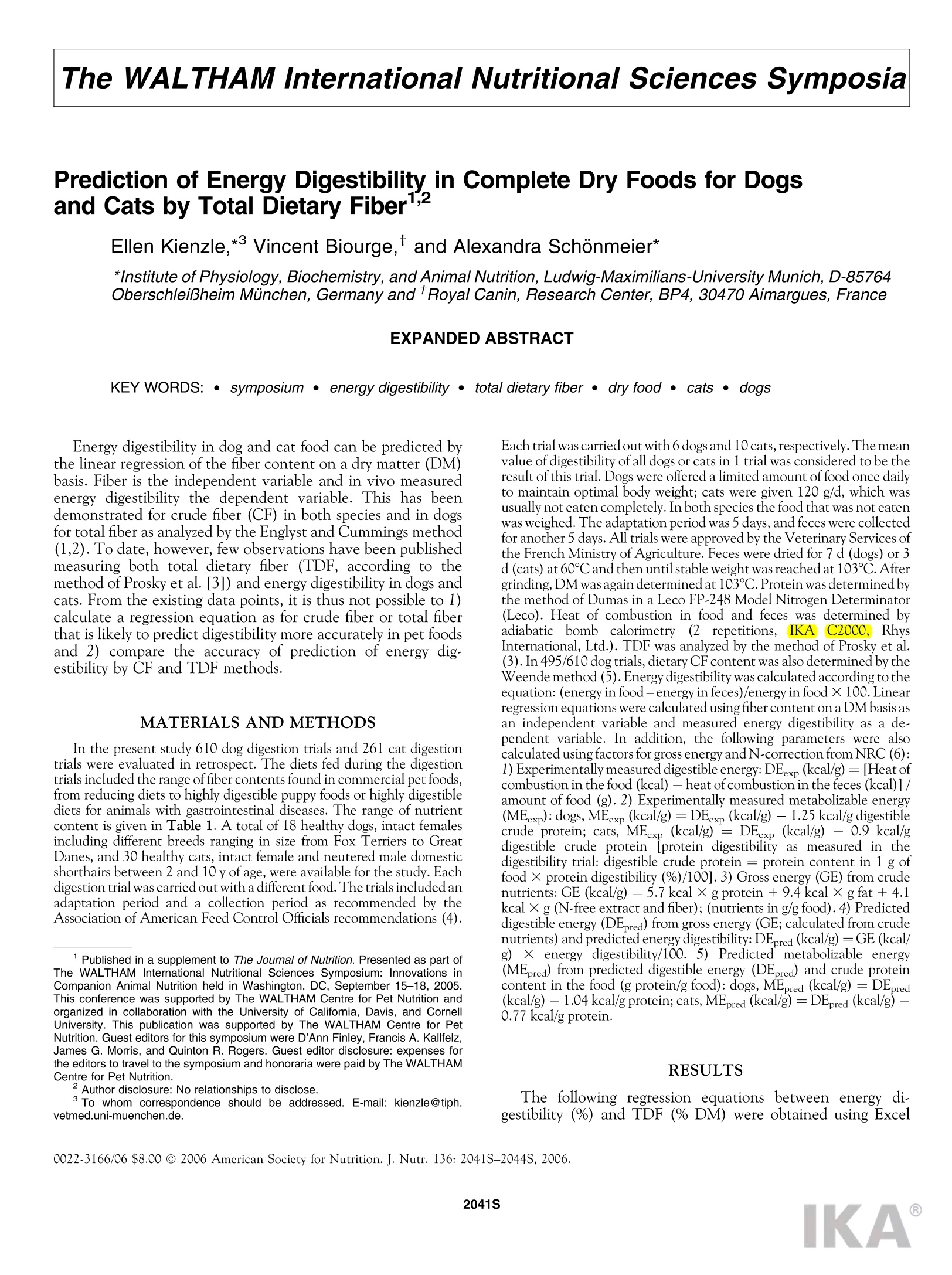
-
2/4
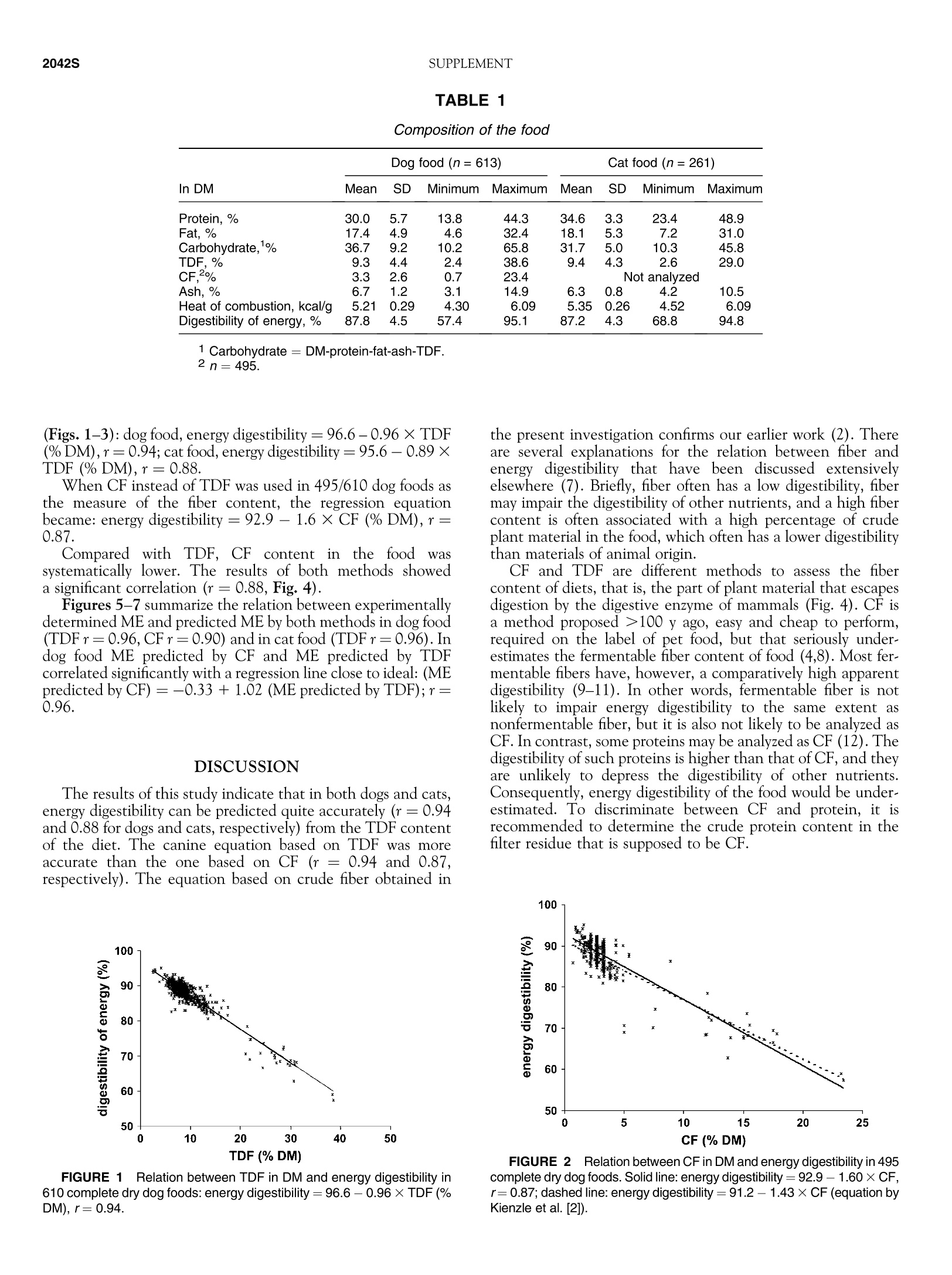
还剩2页未读,是否继续阅读?
继续免费阅读全文产品配置单
艾卡(广州)仪器设备有限公司(IKA 中国)为您提供《Prediction of Energy Digestibility in Complete Dry Foods for Dogs》,该方案主要用于其他食品中/检测,参考标准《暂无》,《Prediction of Energy Digestibility in Complete Dry Foods for Dogs》用到的仪器有IKA量热仪C3000 eco、德国IKA/艾卡 MINISTAR80 digital 悬臂搅拌器 、德国艾卡磁力搅拌器RCT digital 、分散机-德国IKA数显型分散机、分散机-德国艾卡数显型分散机、研磨机IKA Multidrive、德国IKA 移液器PETTE。
我要纠错
相关方案



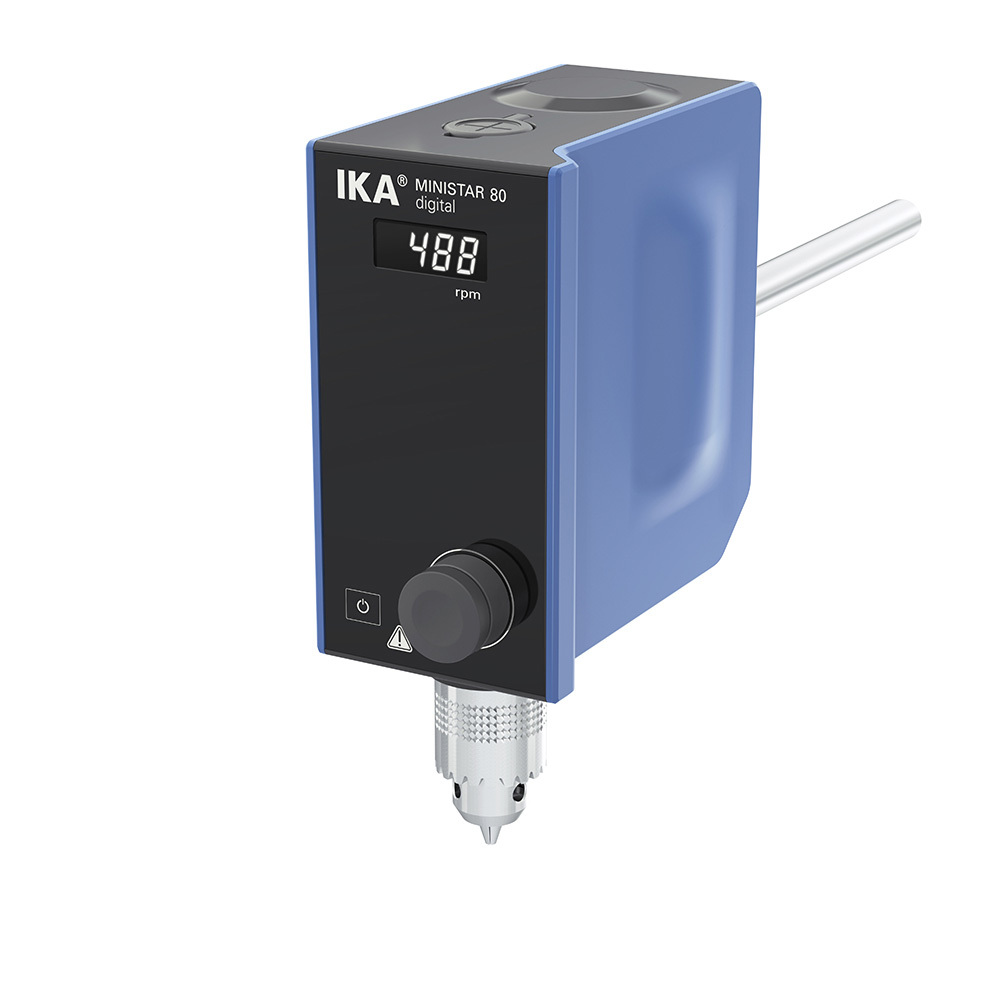

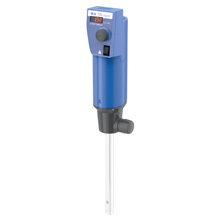
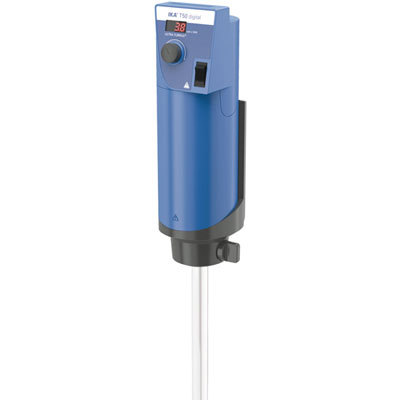
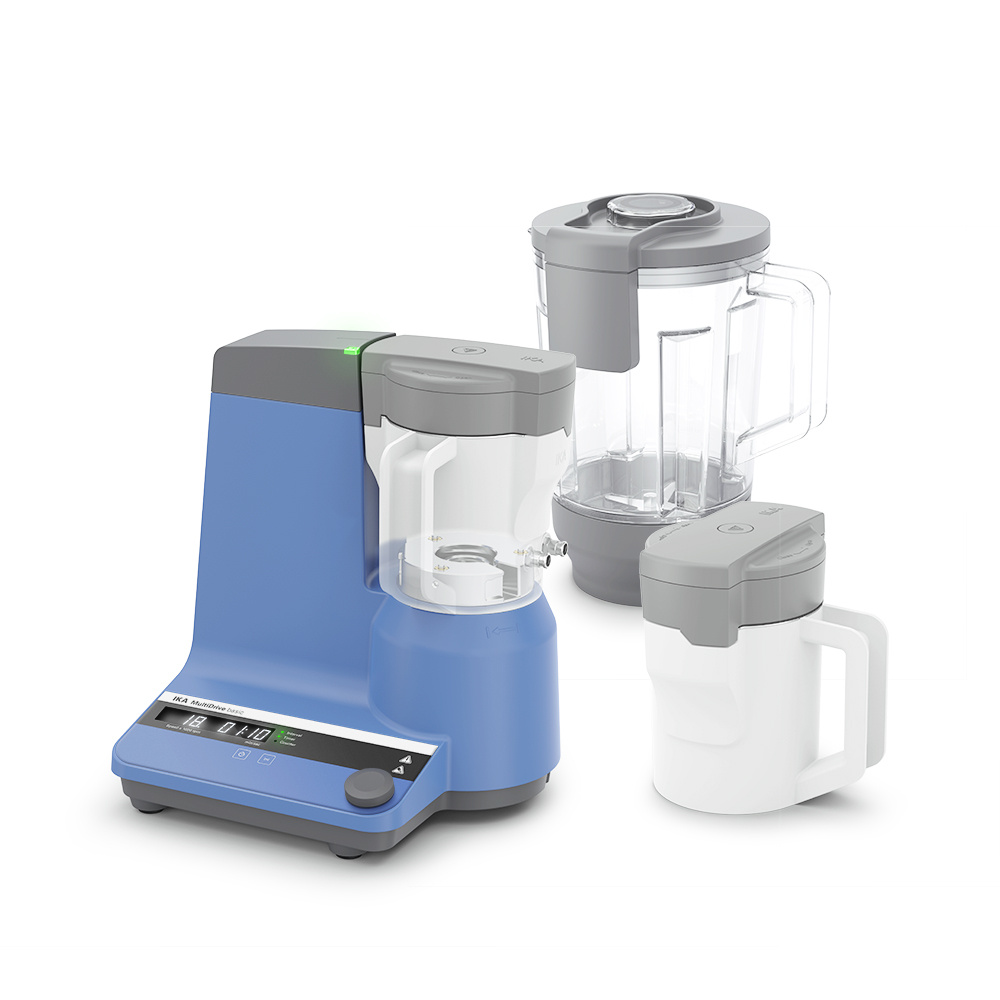
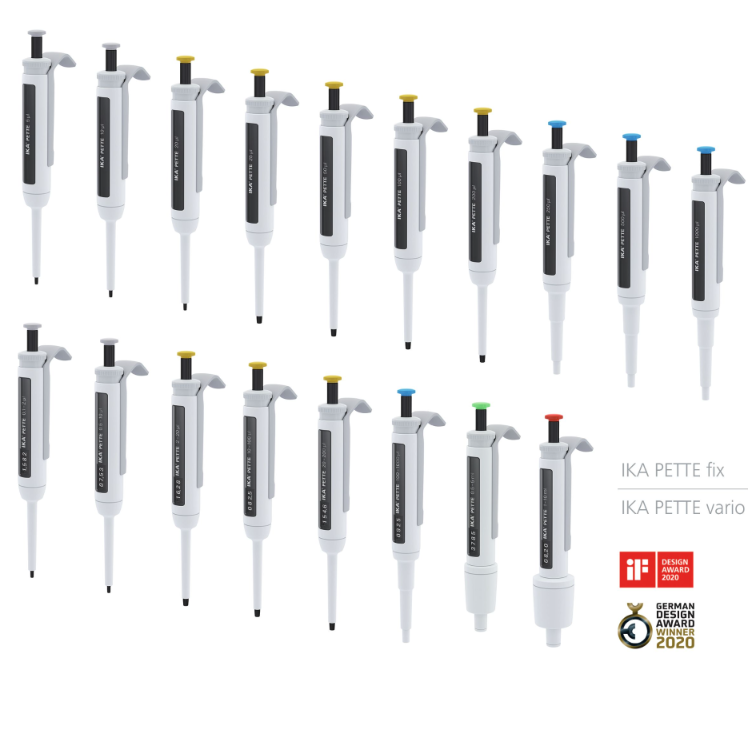
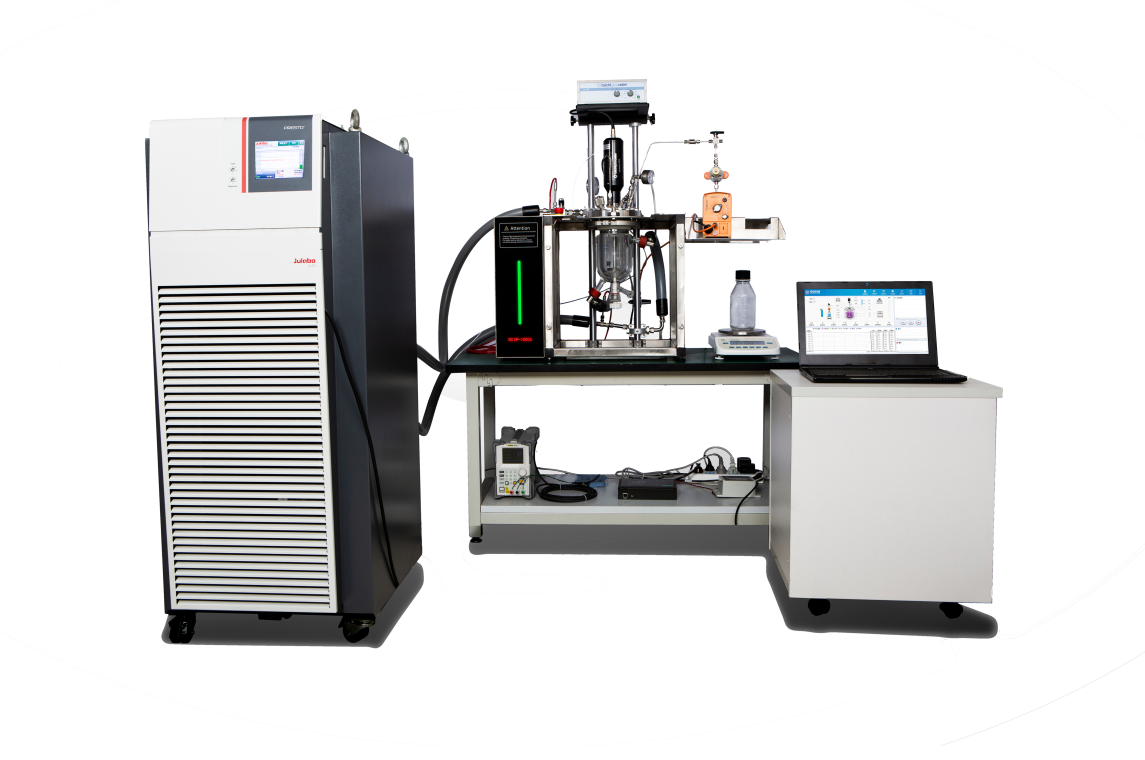
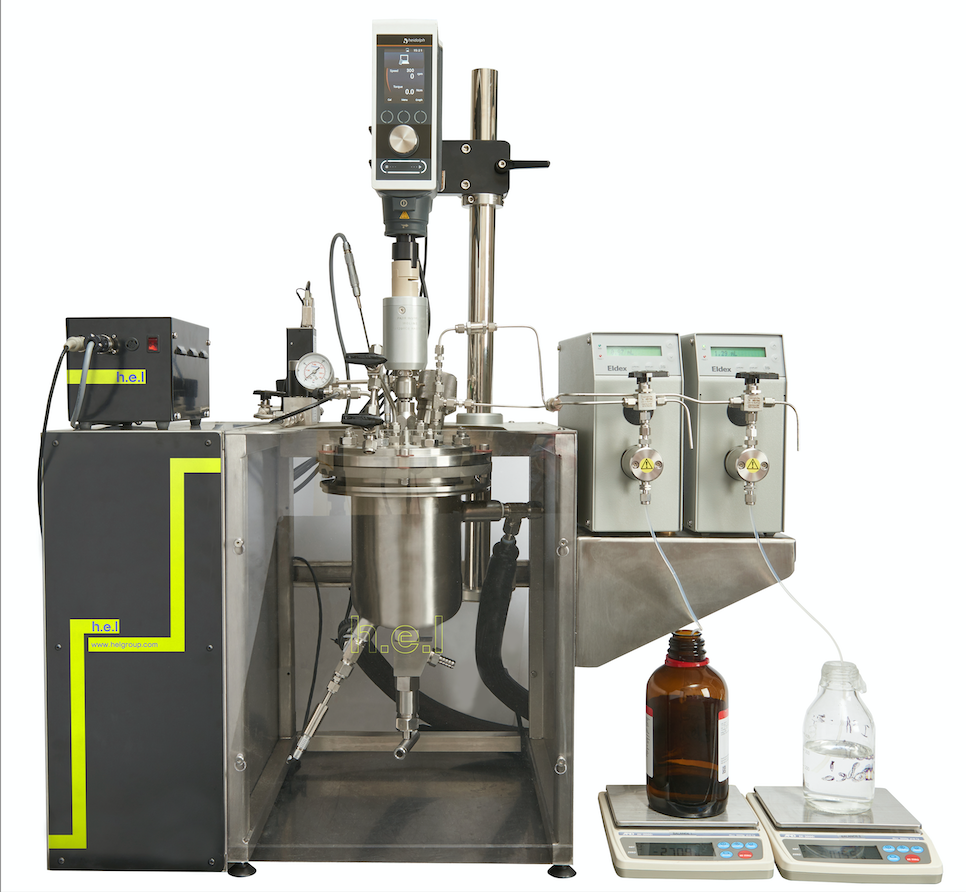
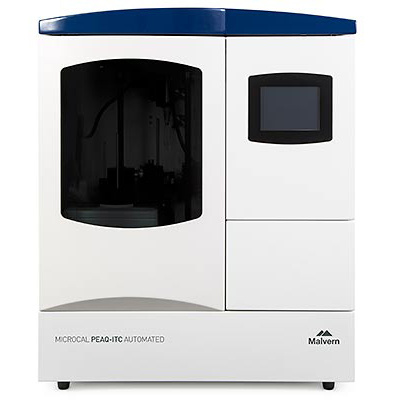
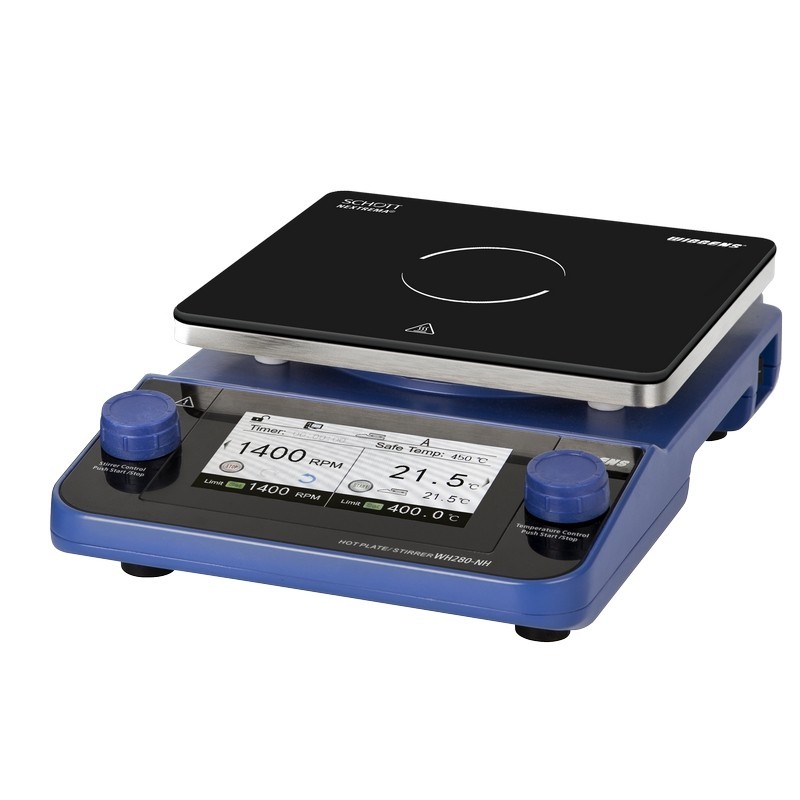
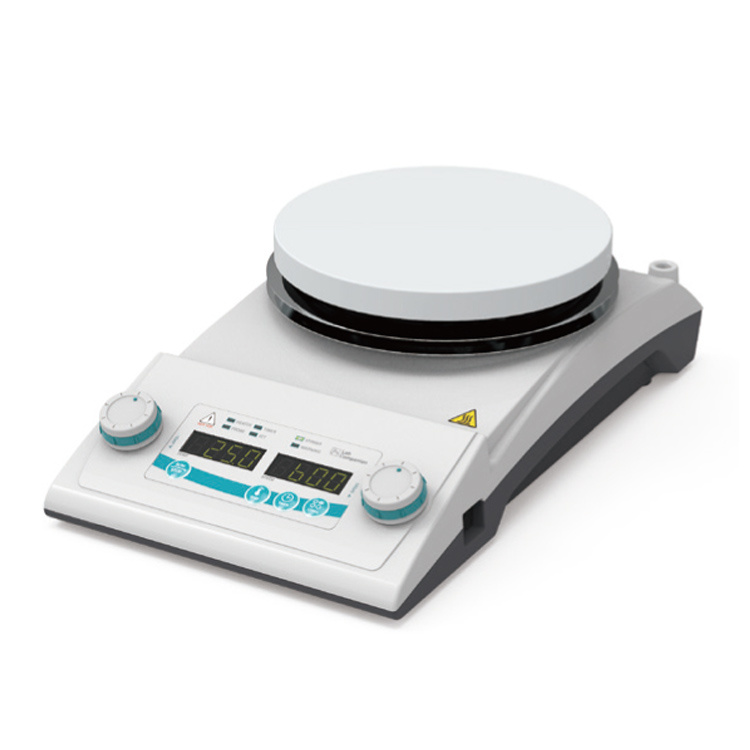
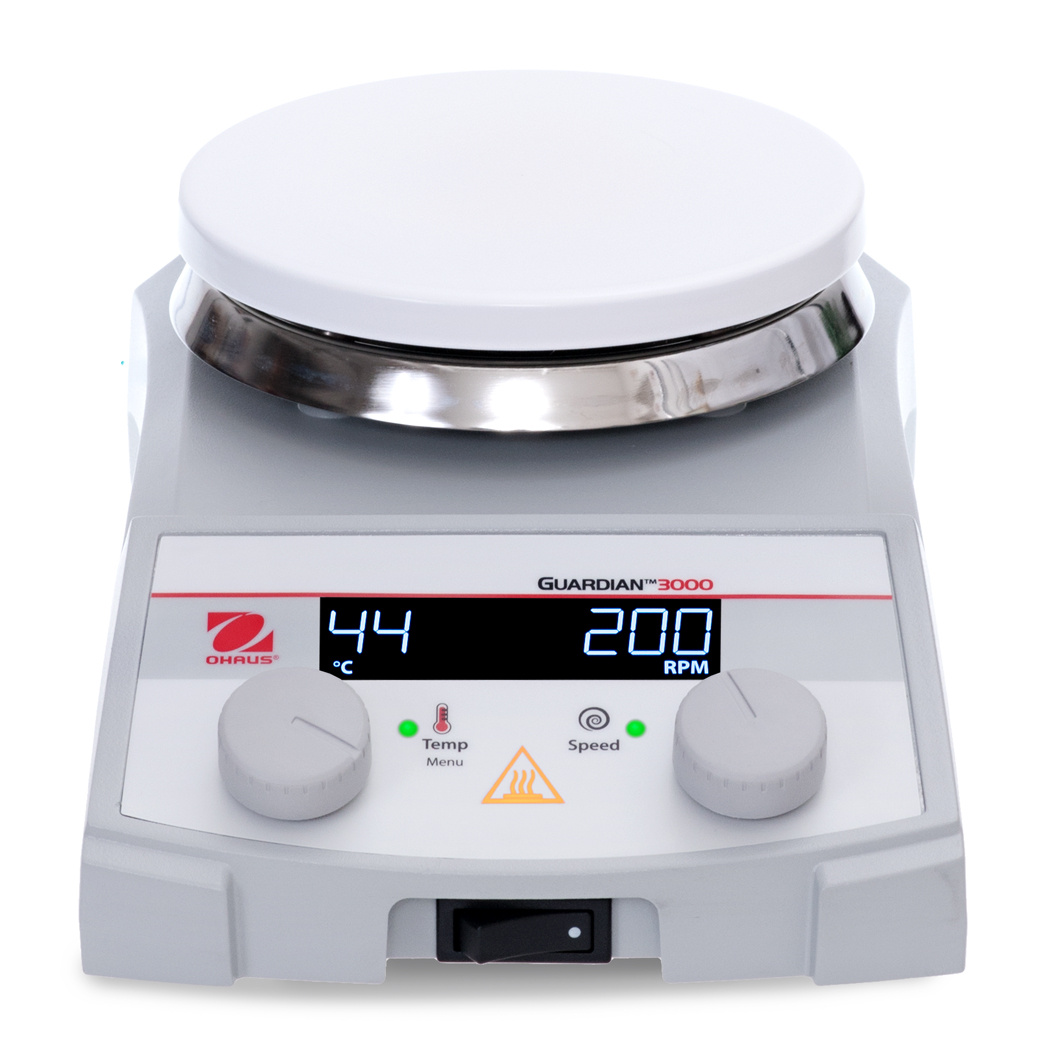
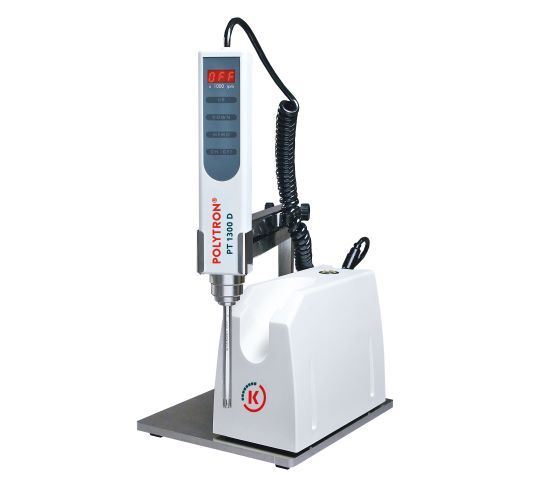

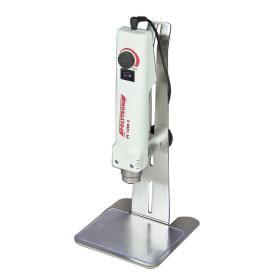

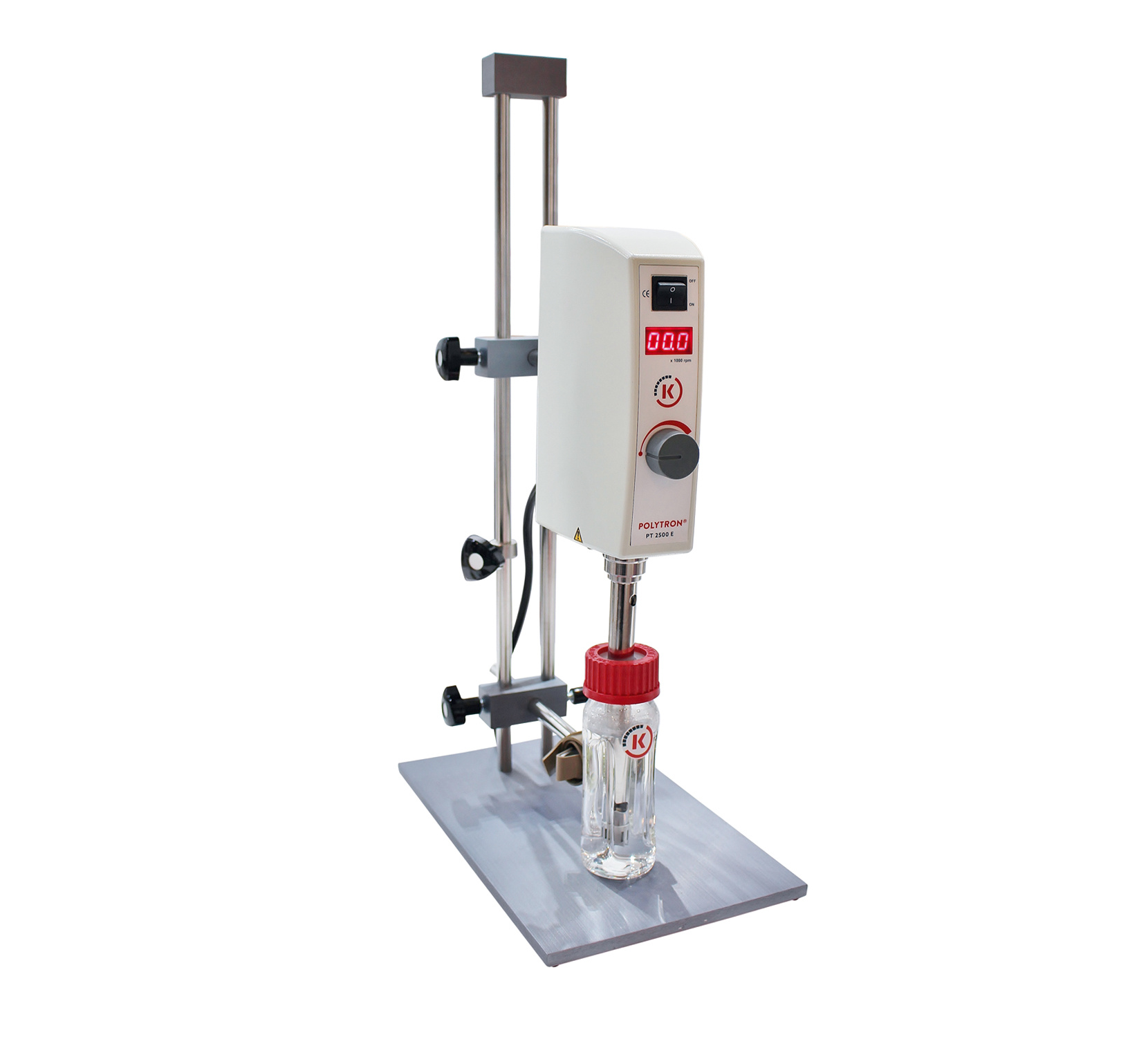
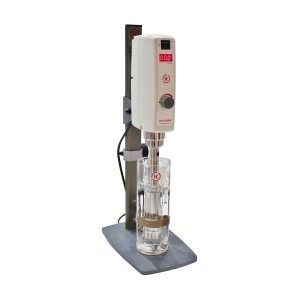

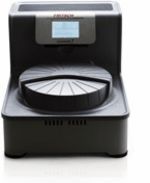
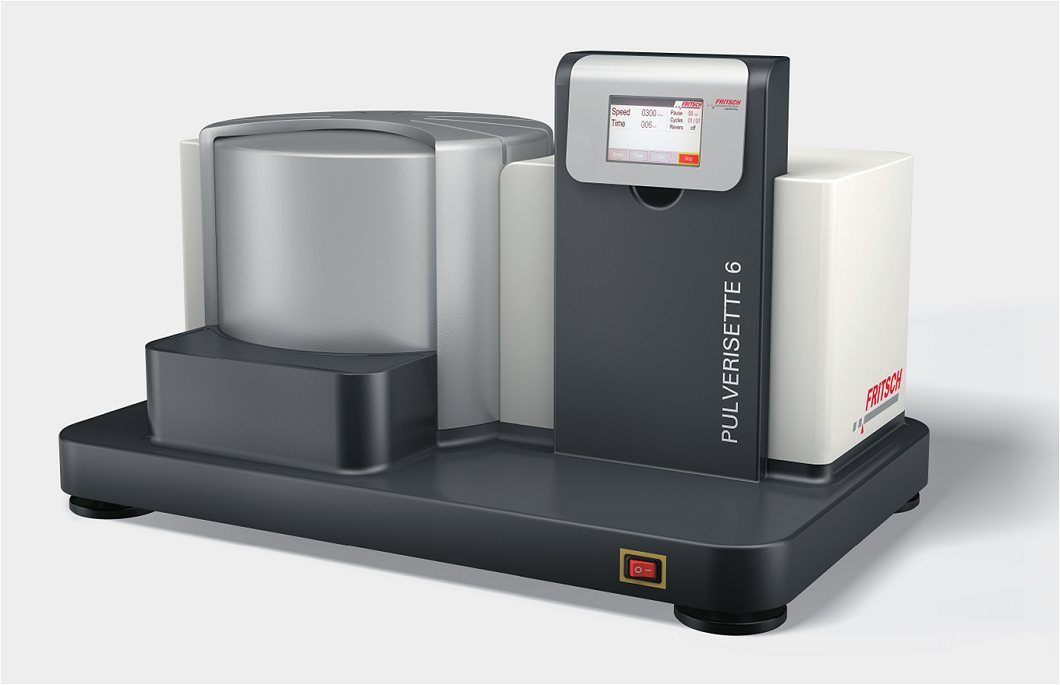
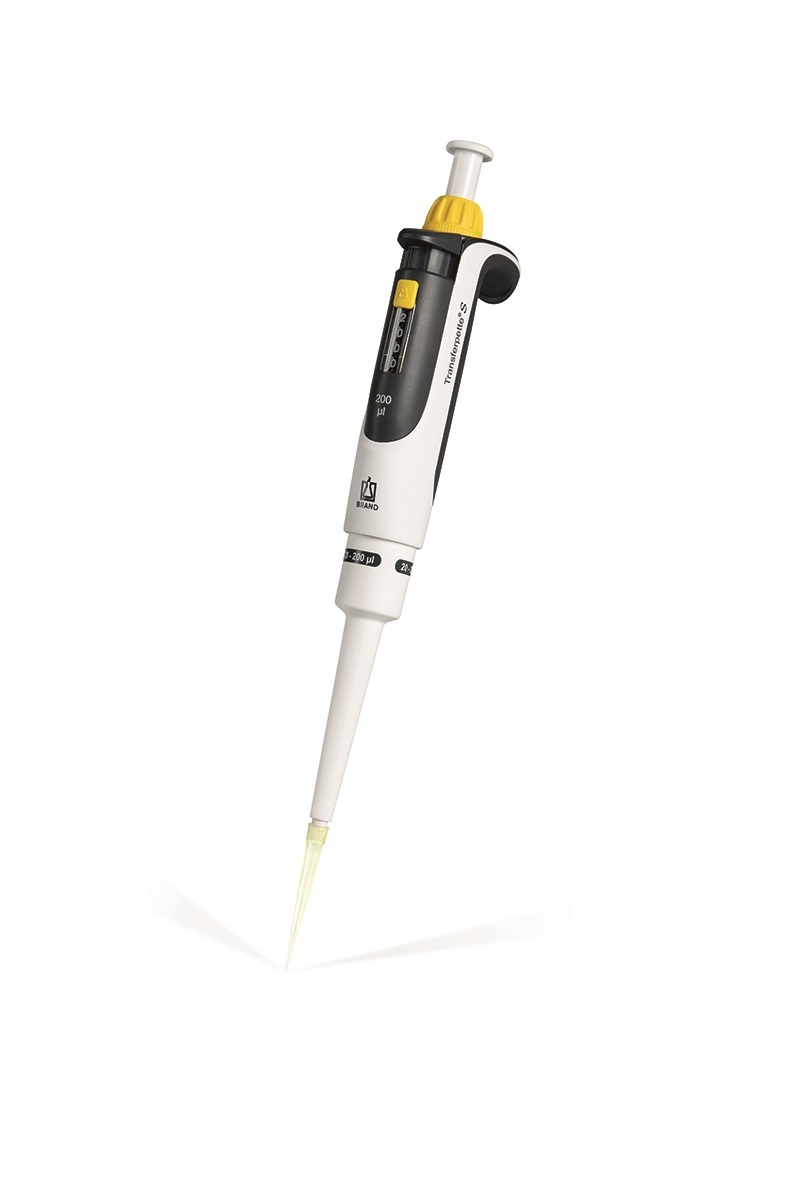


 咨询
咨询

